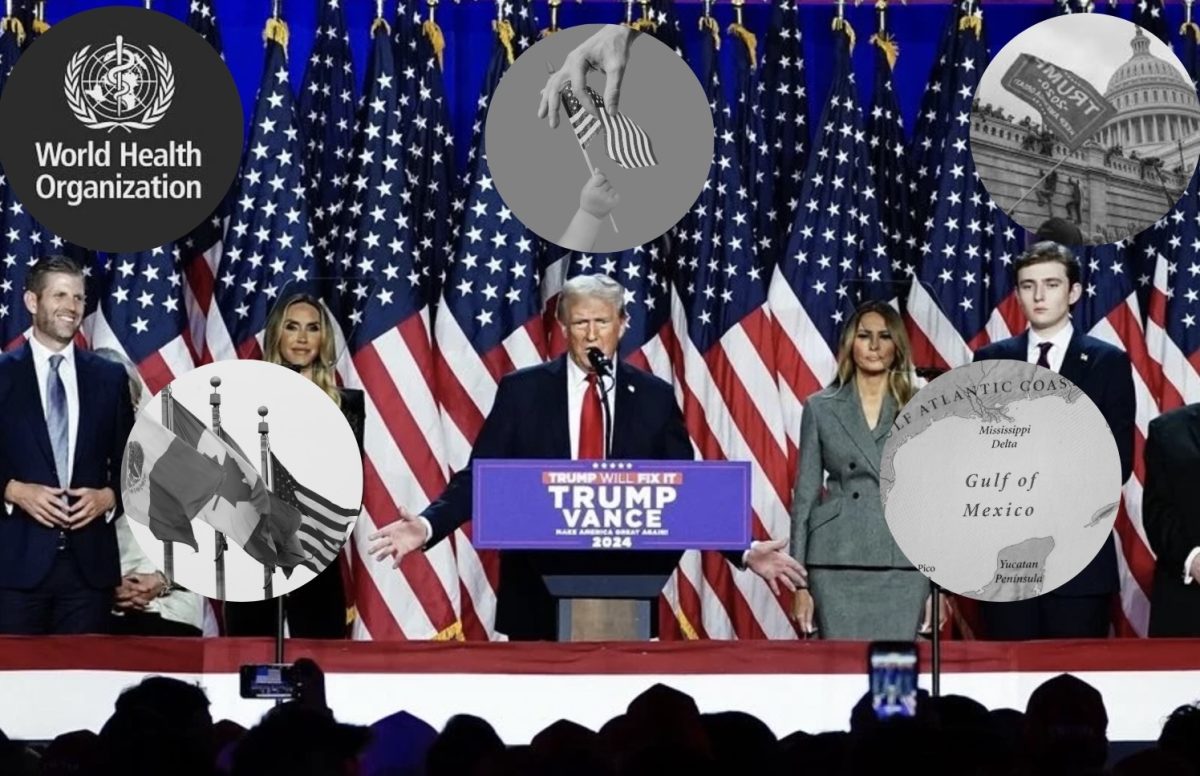LOS ANGELES — Student enrollment in Arabic, Korean and Chinese classes is showing the fastest growth among foreign language courses at U.S. colleges, even though Spanish remains the most popular by a huge margin, a new study shows.
The survey of more than 2,500 colleges and universities by the Modern Language Association, or MLA, found that enrollment in Arabic surged by 46 percent between 2006 and 2009. More U.S. college students are studying Arabic than Russian, a change that officials say reflects a shift of interest from Cold War concerns to current issues involving the Middle East and terrorism.
The study of Arabic by young Americans started to show significant growth immediately after the Sept. 11 attacks in 2001, and its enrollment has tripled since then, said Rosemary G. Feal, the MLA’s executive director.
“It’s a response to what’s going on in the world,” she said, noting that the same holds true for a recent increase in Chinese and Korean courses and such lesser studied languages as Hindi and Punjabi.
Last year, 865,000 U.S. college students were enrolled in Spanish, about four times as many as in French, its nearest rival, and nine times the number in German, the next highest-ranked, the report said. American Sign Language, an increasingly popular way for students to fulfill their language requirements, was next, followed by Italian, Japanese, Chinese, Arabic, Latin, Russian, Ancient Greek, Biblical Hebrew, Portuguese, Korean and Modern Hebrew.
Korean and Chinese grew by the highest percentage after Arabic, with about 61,000 U.S. students studying Chinese, up 18 percent since 2006, and 8,511 enrolled in Korean classes, up 19 percent, the report shows.
Enrollment in all foreign language classes on college and university campuses increased 6.6 percent over those three years, generally matching overall enrollment growth at all levels of higher education. But there are some troubling signs involving budget-related cutbacks in language classes and a tight job market for faculty.
Particularly worrisome was a 6.7 percent drop in the number of graduate students studying foreign languages since 2006, a decline that could affect the pool of future language teachers, MLA officials said. Feal attributed that decrease to a trend of colleges relying more on part-time language instructors rather than hiring for full-time and permanent faculty jobs.
“I think potential graduate students are not entering fields in which the probabilities of getting a tenure-track position are bleak,” said Feal, a Spanish professor who is on leave from the State University of New York at Buffalo.
Nationwide, German and Italian programs are among those most affected by cutbacks, MLA officials said. For example, the University of Southern California announced two years ago that it would phase out the study of German as a major, although it still offers some classes in the language.
In recent years, many colleges also have reduced foreign language graduation requirements in response to budget pressures. When adjusted for overall college populations, enrollment in foreign languages is about half what it was in the mid-1960s, before an earlier loosening of curriculum rules, the study showed.








